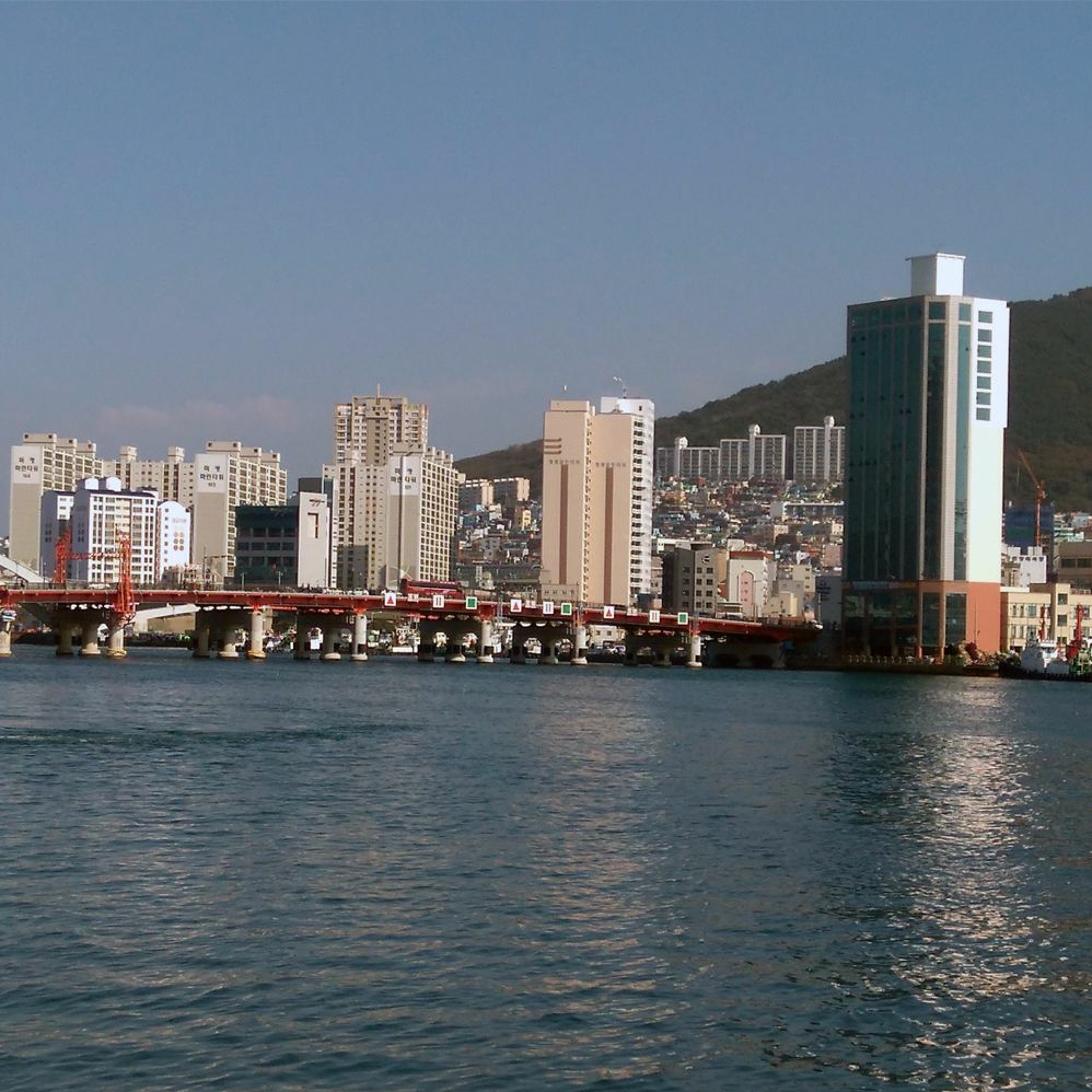- Government
- SEE MORE
- classical
- general
- talk
- News
- Family
- Bürgerfunk
- pop
- Islam
- soul
- jazz
- Comedy
- humor
- wissenschaft
- opera
- baroque
- gesellschaft
- theater
- Local
- alternative
- electro
- rock
- rap
- lifestyle
- Music
- como
- RNE
- ballads
- greek
- Buddhism
- deportes
- christian
- Technology
- piano
- djs
- Dance
- dutch
- flamenco
- social
- hope
- christian rock
- academia
- afrique
- Business
- musique
- ελληνική-μουσική
- religion
- World radio
- Zarzuela
- travel
- World
- NFL
- media
- Art
- public
- Sports
- Gospel
- st.
- baptist
- Leisure
- Kids & Family
- musical
- club
- Culture
- Health & Fitness
- True Crime
- Fiction
- children
- Society & Culture
- TV & Film
- gold
- kunst
- música
- gay
- Natural
- a
- francais
- bach
- economics
- kultur
- evangelical
- tech
- Opinion
- gaming
- College
- technik
- History
- Jesus
- Health
- movies
- radio
- services
- Church
- podcast
- Education
- international
- Transportation
- Other
- kids
- podcasts
- philadelphia
- Noticias
- love
- sport
- Salud
- film
- and
- 4chan
- Disco
- Stories
- fashion
- Arts
- interviews
- hardstyle
- entertainment
- humour
- medieval
- literature
- alma
- Cultura
- video
- TV
- Science
- en
Better sanitation systems lead to economic growth

b"Providing total and improved sanitation services is a challenge across Asia, as population growth\\u2014up 5.7% on average in the past two decades\\u2014overwhelms existing infrastructure and outpaces planning. In Central Asia, South Asia, East Asia, and Southeast Asia, 1.7 billion people do not have access to safe sanitation, 780 million still practice open defecation, and 80% of waste water is dumped without proper treatment. \\n\\nThe region needs to invest more than $71 billion to provide sanitation services to all.\\n\\nCountries in Asia and the Pacific can learn from the Republic of Korea and Malaysia about how to improve sanitation services, improve water quality and availability, broaden sanitation and strengthen governance, establish institutional mechanisms, and implement city-wide planning\\u2014all of which spur economic growth.\\n\\nKorea and Malaysia have harnessed innovative sanitation systems and involved the private sector in identifying projects that provide maximum coverage for communities. They have also put together sanitation projects funded by both the public and private sectors.\\n\\nVedanti Kelkar, a capacity building and training associate at the Asian Development Bank Institute, explains the economic benefits of such a strategy.\\n\\nRead the transcript\\nhttp://bit.ly/2F3wsLV\\n\\nRead the blog post\\nhttp://bit.ly/2HgHdv5\\n\\nAbout the author\\nVedanti Kelkar is a research associate at the Asian Development Bank Institute\\nhttps://www.adb.org/adbi/about/staff-profiles/vedanti-kelkar\\n\\nListen to another episode on sanitation\\nhttp://bit.ly/2GeHeP7\\n\\nKnow more about ADBI's work on urbanization and sanitation\\nhttp://bit.ly/2ClVQcX"